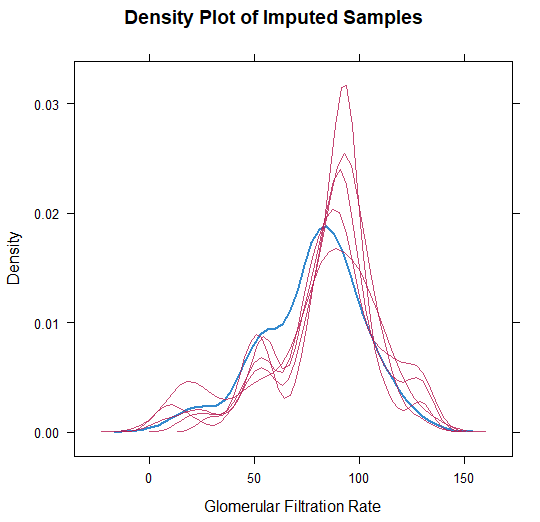Find a Test
You have data. Now what? How do you compare the groups...or analyze the distribution..or report your data?
You have data. Now what? How do you compare the groups...or analyze the distribution..or report your data?

Case studies examining the analysis of data in different situations. Sample data for download provided for each example.

You have data, you want to run some tests and report them in an abstract or journal. There are lots of references out there that talk about the tests themselves, but which test do you need for your data? How do you report it? Where do you start? There’s not a lot of help out there. That’s the idea behind WTF Statistics…helping you figure out WTF.
The ‘Find a Test‘ Section cuts right to it and helps you find the right tests, as well as how to report the methodology and results.
‘References‘ has quick, basic information about tests and other terms or concepts you may need to understand and use ‘Find a Test’ section. This information in this handful of pages is all you need to understand probably 90% or more of the statistics presented in medical literature.
Every single claim made on this website is going to have an exception, and every recommendation wrong in some context or example. Generalizations have been made. The goal of this website is not comprehensive understanding of statistics – there are graduate programs and very large books for that kind of thing. The goal of this website is to help make you functional with statistics relatively quickly.
Statistics as a mathematical field is deep, sometimes contentious, and not readily summarized in a short guide. Moreover, every statistical test has assumptions about the underlying data (basically “requirements” in the data that must be true if the test is to be considered valid). While this guide will help you hit the “major” assumptions to get the right test (assumptions about distribution, normality, etc.) and report what you did and found, there are often other assumptions that will sometimes come into play that can end up invalidating the test for your particular data. When in doubt, google the test and its assumptions and see if there are any obvious problems – Wikipedia and other resources look intimidating at first and are full of unfamiliar terminology but if you read carefully you’d be surprised how often you can make sense of things.
With all of that being said, the basics provided herein will be correct most of the time, and if you follow them you will at least be on the right track (and not making any mistake that hasn’t already been made and published a thousand times already)!